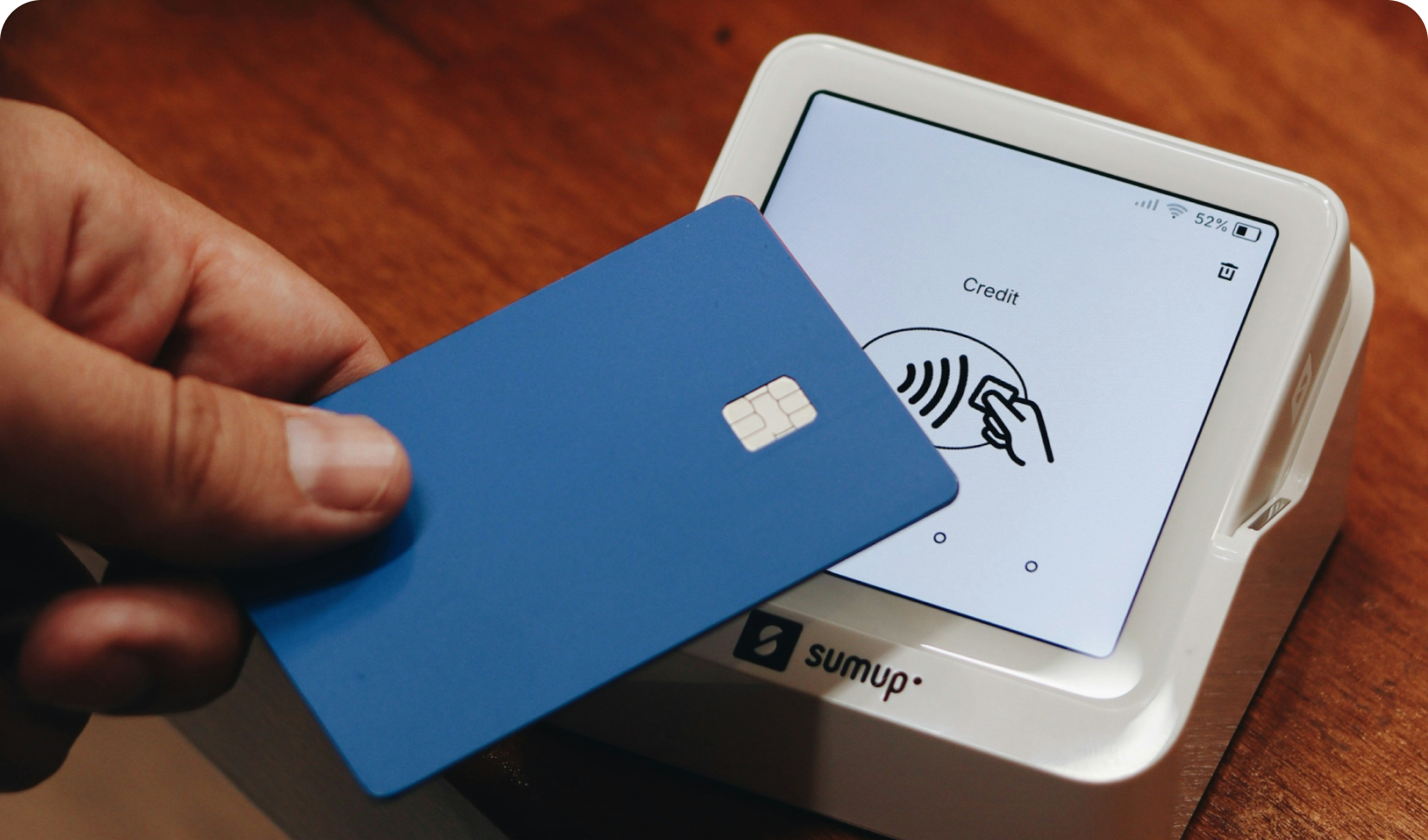A Short Guide for Brand Tracking
Appinio Research · 20.10.2022 · 12min read
Content
Consumer behavior is in a constant state of flux, posing an ongoing challenge for brands.
In order to survive in this highly competitive market, brands need to pick up on opportunities at a very early stage. This requires a deep understanding of the competitive landscape, target group needs, and brand perception. Brand tracking is an invaluable tool to gain this knowledge.
By tracking key performance metrics over time from the target audience's perspective, companies gain actionable insights into their brand's performance. This data provides a solid foundation for:
- Decision-making
- Enabling businesses to achieve optimal control of their brand in the market
- Drive growth
- Improve brand perception
- Strengthen brand equity
Brand tracking, also known as brand awareness tracking, sees the target audience answering the same set of questions about a brand and its competitors over a defined measurement period and at regular intervals. Comparing responses over time allows businesses to identify any changes in established performance parameters and adjust their strategies accordingly.
Brand Tracking set-up
Before setting up a brand tracking study, it is essential to define key performance indicators (KPIs) to track changes continuously.
A common mistake is to make brand tracking surveys too long and include questions about factors that don't change significantly over time.
Factors such as hobbies, values, and personality traits should not be part of a brand tracking study as they don't change dramatically over time but could be collected through other studies.
The shorter the questionnaire, the faster results are collected, and the shorter the intervals between trackings can be. Therefore, businesses can respond promptly to any changes identified by the brand tracking study.
Brand Awareness & Brand Perception as essential KPIs
Brand awareness and brand perception are essential metrics to record in a brand tracking study.
Measuring brand awareness involves assessing the degree of familiarity that the target audience has with a brand.
Brand perception, on the other hand, is a crucial parameter for effective brand management. It determines the image a brand evokes in people's minds.
Both brand awareness and perception play a significant role in consumers' purchasing decisions and emotional attachment to a brand.
In a brand tracking study, survey participants are typically asked to list brands they know in the relevant product category. This can be either aided, where they are given a list of brands to choose from, or unaided, where they are asked to recall any brand that comes to mind.
The most important key aspects to support benchmarking against competitors include:
- Top-of-mind awareness
- Unaided brand recall
- Aided recall
For more information on this brand awareness, we have put together a guide on the three types of brand awareness.
Another KPI is Brand Buzz, which measures the brand's perception over a certain period and whether it has attracted positive, negative, or no attention from the target audience.
Brand tracking also enables companies to measure the impact of campaigns and events, such as backlash, on brand perception. It also tracks the frequency of personal conversations about the brand (i.e., word-of-mouth).
By leveraging these insights, companies can develop effective strategies to improve their brand's performance in the market.
Brand Image
In addition to measuring brand awareness and perception, brand tracking is also useful in observing changes in a brand's image compared to its direct competitors.
For instance, companies can use aided or unaided questions to ask their target audience about their perceptions of brand or product characteristics. Open-ended questions about what consumers think of first when they hear the brand name can also provide valuable insights.
Other key performance indicators used in brand tracking include:
- Brand Impression, which refers to the overall impression and attitude towards the brand;
- Brand Likeability, which measures brand sympathy;
- Brand Consideration, which tracks brands that consumers consider for purchase; and
- Perception of value for money.
By measuring these KPIs over time, companies can identify trends and shifts in consumer perceptions and adjust their strategies accordingly.
Brand Usage
Brand tracking also involves measuring key performance indicators related to brand use and the brand relationship.
Brand Usage covers usage frequency, usage situations, and usage habits.
Brand Reputation reflects the brand's overall reputation among consumers; and Customer Satisfaction, which measures how satisfied consumers are with the brand's products or services.
Buying behavior provides insight into whether, how often, and where the target audience has purchased brand products over a specific period.
The Net Promoter Score measures the recommendation rate. When combined with purchasing behavior, it is a crucial metric for determining customer loyalty or brand loyalty.
Ad Awareness
Beside monitoring changes in consumer habits and target group needs, a brand tracking study can provide companies with insights into how their brand campaigns are performing.
Ad awareness and advertising channels can also be included in brand tracking to determine whether the target group has noticed the brand's advertising (unaided and aided recall) and on which channels. This is also known as campaign tracking.
Elevating Brand Presence: the Power of Mental Availability
In the dynamic landscape of consumer behavior and brand competition, staying ahead of the curve is a perpetual challenge for businesses.
Recognizing the evolving marketing landscape, it's evident that alongside traditional brand tracking, the concept of "mental availability" is increasingly crucial.
The concept of mental availability was introduced by Byron Sharp in his book "How Brands Grow" in 2010. Sharp argued that consumers are more likely to buy a product if it is both physically and mentally available to them.
The concept has been further refined by Prof. Jenni Romaniuk from the Bass-Ehrenberg Institute with her book “Better Brand Health” published in 2023.
Mental availability delves beyond mere brand awareness; potential buyers are not always actively in the market when they encounter marketing materials. This concept focuses on ensuring that your brand occupies a prime spot in a consumer's mind when buyers will be making those purchase decisions.
Mental availability is distinct from brand awareness. While awareness is a prerequisite for mental availability, research indicates that not all known brands are considered when making a purchase.
Brand tracking offers invaluable insights into performance metrics over time, but incorporating strategies to enhance mental availability can take your brand to the next level.
By employing approaches such as reaching a broader audience, crafting compelling messaging tied to category access points (CEPs), and developing distinctive brand assets, companies can bolster their position in consumers' minds, even during periods when they are not actively seeking products or services.
💡Learn more about tracking your Brand Health, explore the power of Mental Availability with Louise Leitsch, Appinio Director of Research.
![]()
Implementation of a Brand Tracking
A brand tracking study can be optimally implemented with the help of digital market research, which ensures consistency by using the same questionnaire for representatives of the target group over the defined measurement period.
While not all KPIs have to be measured for every wave, the first measurement must contain all critical questions and meet the quality criteria of market research to effectively derive recommendations for action from the results.
It is essential to ensure objectivity when conducting the survey by designing the questionnaire carefully and avoiding any influence on the participants, such as leading or suggestive questions.
To avoid skewing the results, brands should not use their newsletters or social media channels to distribute tracking surveys and instead work with a market research provider to maintain respondents' anonymity.
Conducting the survey at regular intervals, such as monthly or quarterly, and maintaining the same sample size, target group, and collection method across countries is crucial to making the results comparable.
Brand Tracking summarized
-
The purpose of brand tracking is to get data-driven insights into a brand's performance parameters and empower decision-making from the selected target audience's perspective.
-
The stages of the branding process include conducting market research, defining the brand identity, designing and developing brand assets, launching the brand, and ongoing brand management and evaluation.
-
There are five stages of brand recognition, which are awareness, preference, reputation, trust, and loyalty.
-
Number One rule for good branding is to give it a consistent brand personality over different channels by using a design and brand voice that is matching your company.
-
Brand lift studies help you understand how specific ad campaigns impact consumers' perceptions of your brand. They measure brand perception in the moment, as opposed to a brand tracker study that measures brand perception over time.
Ready for your brand tracking study with Appinio?
In our dashboard, you will find a sample tracking and questionnaire templates that you can customize and get the insights you need to bring your brand to the next level.
Otherwise, our research consultants will be happy to advise you, and bring you up to speed on set-up and data analysis.
Get facts and figures 🧠
Want to see more data insights? Our free reports are just the right thing for you!


